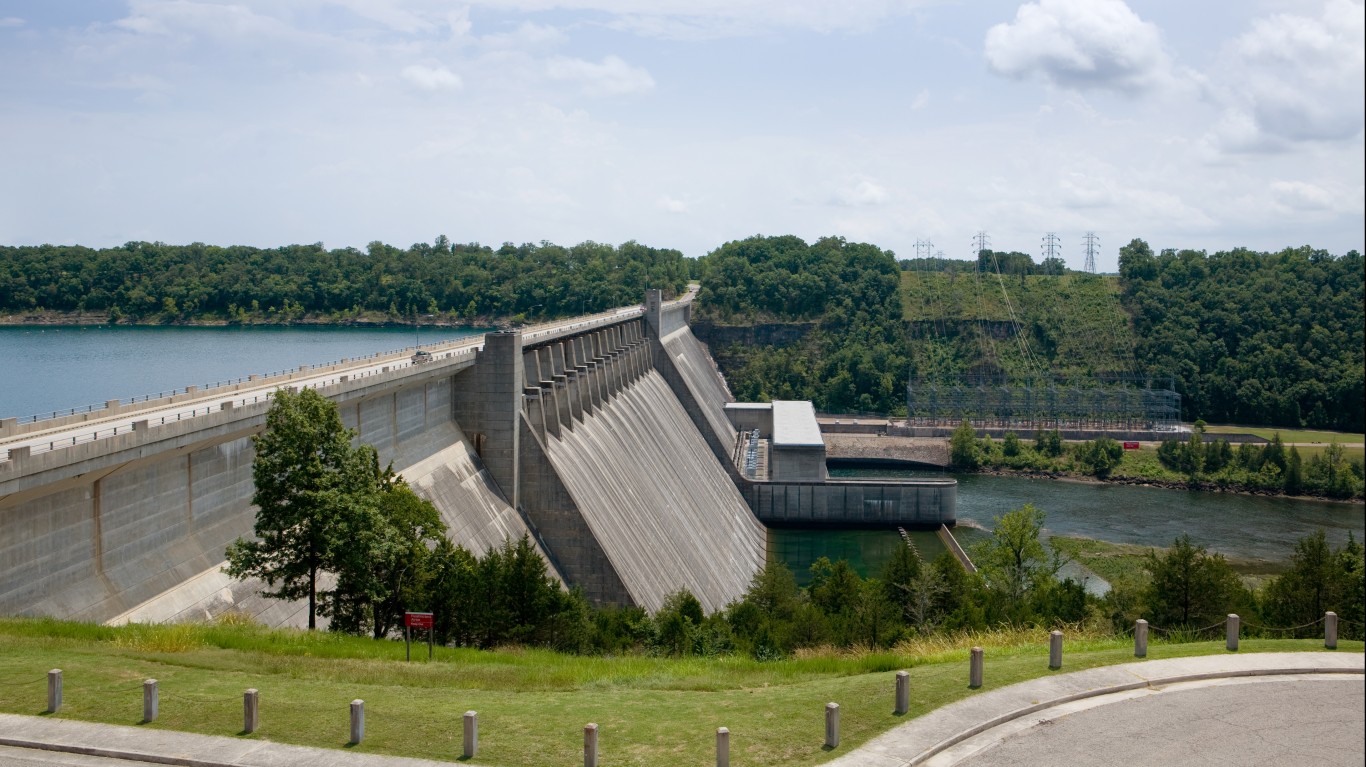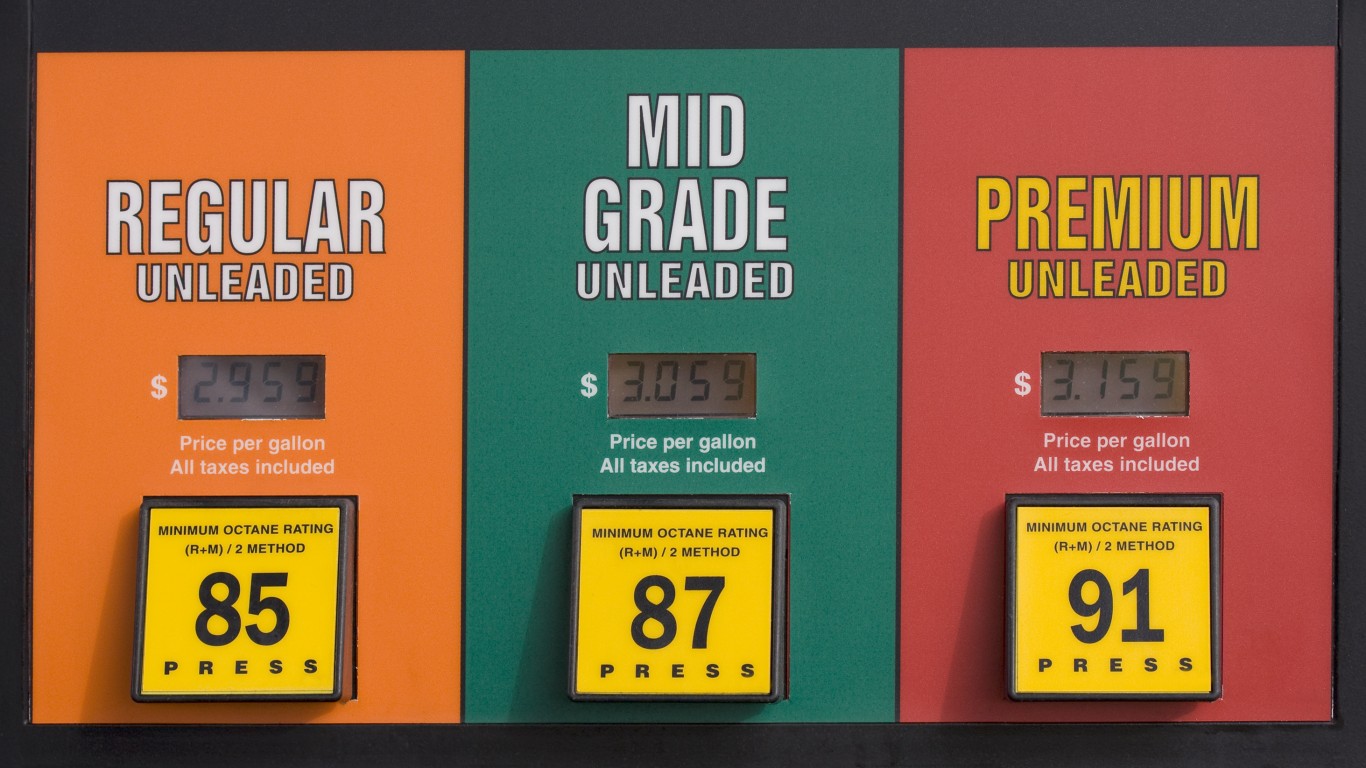
The winter story that ravaged Texas a month ago brought the fragility of that state’s electrical grid to the nation’s attention. Over two million people lost electricity which was mostly restored over the course of two weeks. Fingers were pointed at state officials and electricity company executives. And, people received huge electricity bills. Some of these bills reached thousands of dollars. Governor Greg Abbott promised help to drop the charges, but the grid problem may linger for years. The entire incident is a reminder that electricity bills, considered a normal part of the financial lives of homeowners and businesses, are not as stable as people think.
The U.S. Energy Information Administration (EIA) publishes data on how electricity bills are determined in most areas. Much of these come from the costs to main electrical grids and power stations. For-profit electric companies also build in returns for investors. The largest component of prices is generally fuel. In most cases, this is from fossil fuels. In others, electricity is generated by dams. In many fewer places, wind power or solar power are the fuel sources.
Additionally, the EIA reports, “…when there are droughts or competing demand for water resources, or when wind speeds drop, the loss of electricity generation from those sources can put upward pressure on other energy/fuel sources and prices.”
In some states, utilities also have tiered pricing systems. Prices may vary for residential, commercial, industrial, and transportation companies. Residential customers usually pay the highest rates.
Finally, prices can be determined by how far customers are from power plants. According to the IEA “In 2019, the annual average electricity price for all types of electric utility customers ranged from 28.72¢ per kWh in Hawaii to 7.71¢ per kWh in Louisiana.”
Save On Energy, which matches customers with reliable energy plans, recently published electricity rates for all 50 states. Most recently, it compared these prices in December 2019 and December 2020 to track fluctuations. It showed the increase or decrease in each state. Prices were measure “per kWh”. This is defined as “the amount of energy you would use by keeping a 1,000-watt appliance running for one hour.”
The state with the lowest rate in Oklahoma at 8.88 cents, down by 2.5% from a year ago. It is followed by Missouri at 9.30 cents. Texas ranks 27th among all states at 11.87 cents.
Most people assume electricity rates are fairly stable. They do not rise by hundreds, and certainly not thousands of dollars month over month. The residents of Texas found out that assumption is not always true.
Click here to see which state has the lowest gas taxes.
It’s Your Money, Your Future—Own It (sponsor)
Retirement can be daunting, but it doesn’t need to be.
Imagine having an expert in your corner to help you with your financial goals. Someone to help you determine if you’re ahead, behind, or right on track. With SmartAsset, that’s not just a dream—it’s reality. This free tool connects you with pre-screened financial advisors who work in your best interests. It’s quick, it’s easy, so take the leap today and start planning smarter!
Don’t waste another minute; get started right here and help your retirement dreams become a retirement reality.
Thank you for reading! Have some feedback for us?
Contact the 24/7 Wall St. editorial team.




